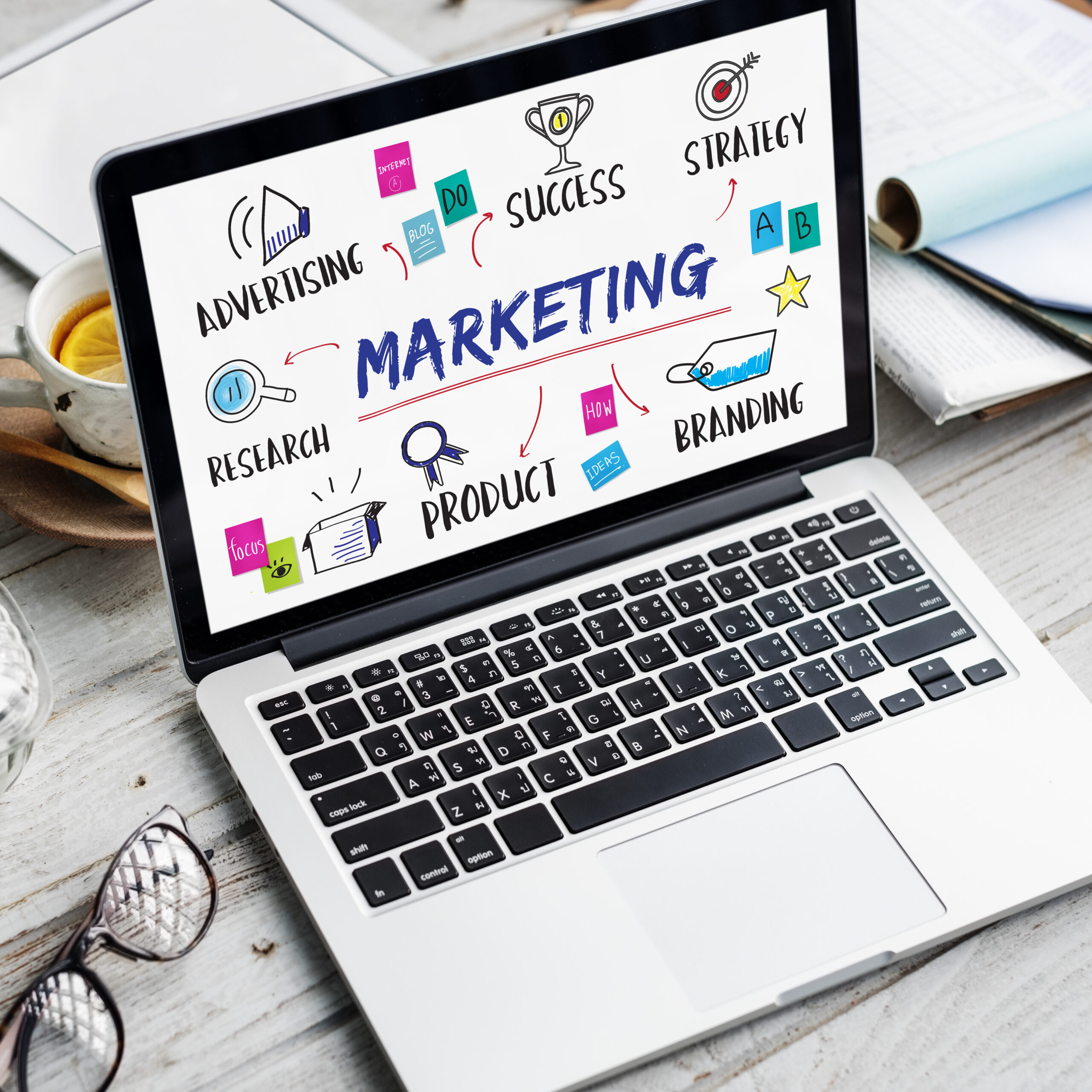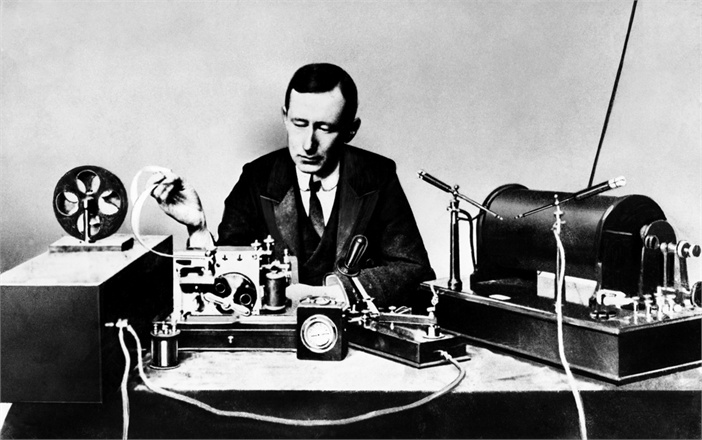In today’s rapidly evolving digital landscape, staying ahead of the curve is crucial for businesses looking to thrive. As we step into 2023, the world of digital marketing is poised for exciting transformations. In this article, we’ll explore the trends that will shape the future of digital marketing in 2023 and beyond.
1. Introduction
In a world where consumer behavior and technology are inextricably linked, digital marketing is continuously evolving. The year 2023 promises to bring forth innovative strategies and technologies that will revolutionize the field. Let’s delve into the top trends that will dominate the digital marketing landscape this year.

1. The Rise of AI and Machine Learning
Artificial Intelligence (AI) and Machine Learning (ML) are poised to play a pivotal role in the future of digital marketing. These technologies offer marketers powerful tools for data analysis, personalization, and automation. AI-driven chatbots will provide immediate customer support, and ML algorithms will analyze vast datasets to uncover valuable insights about consumer behavior. This will enable marketers to tailor their strategies with precision, delivering highly personalized content and experiences.
2. Voice Search Optimization
Voice search is on the rise, with virtual assistants like Siri, Alexa, and Google Assistant becoming integral parts of our daily lives. In 2023, optimizing content for voice search will be paramount. This means understanding how people phrase their queries conversationally and tailoring your SEO strategy accordingly. Voice search optimization will also be closely tied to local SEO, as users often seek nearby businesses through voice commands.
3. Video Marketing Dominance
Video marketing has been on an upward trajectory, and this trend will only intensify in 2023. Short-form videos, especially on platforms like TikTok and Instagram Reels, will continue to gain popularity. Live streaming will offer an interactive and authentic way for brands to connect with their audience. The key to successful video marketing will be creativity and storytelling.
4. Content Personalization
Consumers have come to expect personalized experiences. Advanced algorithms will analyze user behavior, preferences, and past interactions to deliver tailor-made content and product recommendations. Personalization will extend beyond emails and website content; it will infiltrate every facet of the customer journey, from advertisements to product recommendations.
5. Influencer Marketing 2.0
Influencer marketing is evolving. Instead of relying solely on mega-influencers with massive followings, brands will increasingly turn to micro-influencers—individuals with niche audiences but high engagement rates. This shift allows for more genuine connections with target demographics and greater trust in the recommendations being made.
6. Augmented Reality (AR) Experiences
AR will revolutionize the way consumers shop and engage with brands. Imagine being able to try on clothing virtually before making a purchase or visualizing how a piece of furniture would look in your home. Augmented reality experiences will provide an immersive and interactive dimension to digital marketing, enhancing engagement and reducing the hesitation that often comes with online shopping.
7. Blockchain in Digital Advertising
Blockchain technology will bring much-needed transparency and security to digital advertising. Advertisers will be able to verify the authenticity of ad impressions and ensure that their ads are being displayed in brand-safe environments. This will reduce ad fraud and build trust between advertisers and publishers.
8. Ephemeral Content on the Rise
Ephemeral content, such as Stories on platforms like Snapchat and Instagram, will continue to rise in popularity. These short-lived posts create a sense of urgency and FOMO (Fear of Missing Out) among users. Marketers will need to leverage ephemeral content to engage with their audience effectively.
9. Sustainability and Green Marketing
Environmental consciousness is on the rise, and consumers are increasingly making choices based on a brand’s commitment to sustainability. Green marketing strategies that emphasize eco-friendly practices, reduced carbon footprints, and ethical sourcing will resonate with a growing segment of the market. Brands that align themselves with environmental causes will have a competitive edge.
10. Local SEO and Hyper-Personalization
Local SEO will become even more critical as consumers seek highly personalized experiences. Businesses will need to implement hyper-local targeting to connect with nearby customers effectively. This involves optimizing content and ads for specific locations and tailoring marketing efforts to the unique preferences of local communities.
11. Data Privacy and Compliance
With growing concerns about data privacy, marketers must ensure strict compliance with evolving regulations like GDPR (General Data Protection Regulation) and CCPA (California Consumer Privacy Act). Prioritizing data security and transparent data practices will be essential to building trust with consumers.
12. Chatbots and Conversational Marketing
Chatbots are becoming increasingly sophisticated, providing immediate responses to customer queries and offering personalized assistance. Conversational marketing, powered by AI-driven chatbots, will become the norm for businesses looking to enhance customer support and engagement.
13. Micro-Moments and Instant Gratification
Consumers today seek instant answers and solutions. Brands that can provide quick and relevant responses to micro-moments—those fleeting instances when consumers turn to their devices for information or assistance—will excel in 2023. These moments present opportunities for brands to deliver value and build trust with their audience.

The Evolution of Digital Marketing: A Historical Overview
Digital marketing, as we know it today, has a rich and dynamic history that has been shaped by the rapid advancements in technology and the changing ways in which businesses reach and engage with their target audiences. Let’s take a journey through the key milestones in the history of digital marketing.
Here’s a pic of the first digital marketer in history:

His name was Guglielmo Marconi, and he was born in 1874. In 1896, Marconi became the first human to demonstrate a “public transmission of wireless signals” when he invented the radio.
Pre-Internet Era
1. The Dawn of Direct Mail (1920s)
The roots of digital marketing can be traced back to direct mail advertising, where businesses would send promotional materials to potential customers via postal mail. This method allowed for personalized messaging but was limited in its reach.
Internet Emergence
2. The Birth of Email Marketing (1970s-1980s)
As the internet gained popularity, email marketing emerged as one of the earliest forms of digital marketing. Companies started sending promotional emails to their subscribers, laying the foundation for email marketing campaigns.
3. The First Banner Ads (1990s)
The 1990s saw the birth of the World Wide Web, and with it came the first banner ads. The first clickable web ad, launched by AT&T in 1994, marked the beginning of online advertising.
4. Search Engine Optimization (SEO) (1990s)
With the rise of search engines like Yahoo and AltaVista, the concept of optimizing web content to rank higher in search results emerged. This gave birth to SEO, a critical component of digital marketing.
The Dot-Com Boom
5. The Dot-Com Bubble (Late 1990s)
The late 1990s witnessed the dot-com bubble, a period of speculative investment in internet-based businesses. While many companies collapsed, this era laid the groundwork for e-commerce and online advertising.
6. Pay-Per-Click Advertising (PPC) (2000s)
Google AdWords, launched in 2000, revolutionized online advertising. PPC allowed advertisers to pay for ads only when users clicked on them, offering a more cost-effective way to reach potential customers.
The Social Media Revolution
7. The Rise of Social Media (The mid-2000s)
Social media platforms like Facebook, Twitter, and LinkedIn gained prominence, providing new avenues for businesses to connect with their audiences. Social media marketing has become a powerful tool for engagement and brand promotion.
8. Content Marketing (2010s)
Content marketing emerged as a dominant strategy, emphasizing the creation of valuable, relevant, and informative content to attract and engage customers. Blogging, video marketing, and other content-driven approaches became essential.
Mobile and Personalization
9. Mobile Marketing (2010s)
The proliferation of smartphones led to mobile marketing strategies, including mobile-responsive websites, in-app advertising, and location-based marketing.
10. Personalization and Big Data (2010s)
Advancements in data analytics allowed businesses to gather and analyze vast amounts of consumer data. This data-driven approach enabled highly personalized marketing campaigns, improving customer experiences.
Modern Digital Marketing
11. Video and Visual Content Dominance (2010s-Present)
Video content, especially on platforms like YouTube and Instagram, gained enormous popularity. Visual storytelling and live streaming became essential components of digital marketing strategies.
12. Influencer Marketing (2010s-Present)
Influencer marketing leveraged individuals with large social media followings to promote products and services, offering authentic and relatable endorsements.
13. Voice Search and AI (2010s-Present)
With the rise of virtual assistants like Siri and Alexa, optimizing content for voice search and AI-driven chatbots became crucial for digital marketers.
14. Social Commerce (Present)
Social media platforms introduced features that allow users to shop directly within their apps, creating a seamless shopping experience.
The Future of Digital Marketing
Digital marketing continues to evolve rapidly. Emerging technologies like augmented reality (AR), virtual reality (VR), and blockchain are poised to reshape the landscape. As consumers’ preferences and behaviors change, staying adaptable and embracing innovation will be key to the future success of digital marketing.
Conclusion
The future of digital marketing in 2023 is set to be dynamic and exciting. Embracing these trends and adapting to the changing landscape will be crucial for businesses aiming to stand out in the digital sphere.
The future of digital marketing in 2023 promises to be dynamic and filled with innovation. To thrive in this evolving landscape, businesses must stay informed about these emerging trends and be prepared to adapt their strategies accordingly. The key to success will be a commitment to delivering personalized, engaging, and authentic experiences to customers while respecting their privacy and values.
The history of digital marketing is a testament to the transformative power of technology and innovation. From the early days of email marketing to the current era of data-driven, personalized campaigns, digital marketing has come a long way, and it promises to continue evolving in exciting ways as technology advances and consumer behavior evolves.
FAQs
1. How can I start incorporating AI into my digital marketing strategy?
- Begin by identifying areas where AI can enhance your processes, such as chatbots or data analysis. Then, explore AI tools and platforms that align with your goals.
2. What are micro-moments, and why are they important?
- Micro-moments are instances when consumers turn to their devices for quick answers. They are crucial because they represent opportunities for brands to provide immediate value and solutions.
3. How can I ensure my digital advertising is sustainable?
- To promote sustainability, focus on eco-friendly practices, reduce waste, and communicate your brand’s commitment to environmental responsibility.
4. Is blockchain relevant for small businesses in digital marketing?
- Yes, blockchain can benefit businesses of all sizes by providing transparency and security in digital advertising.
5. What should I prioritize in voice search optimization?
- Optimize your content for natural language queries and focus on local SEO, as many voice searches are location-based.






